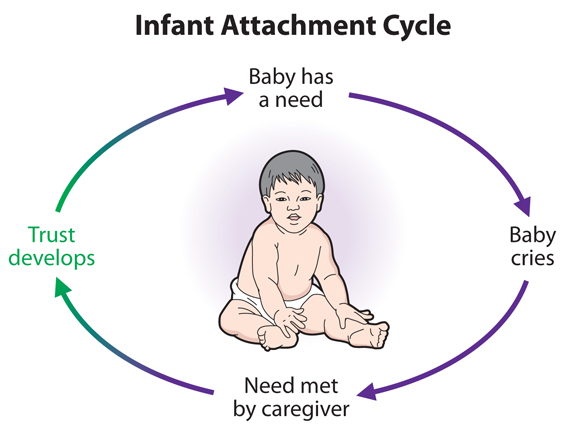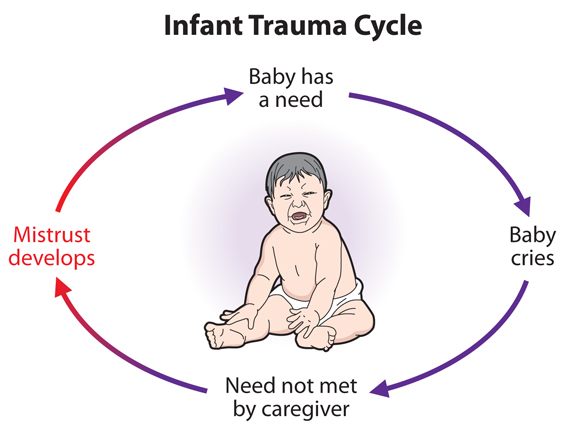Attachment
What is Attachment?
Attachment is an emotional bond to another person and attachment theory is focused on these bonds between people, particularly long-term relationships, including those between a parent and child. The earlier years of a child’s life are the most important for building a secure attachment and these experiences can go on to affect all relationships we form in later life.
British psychologist John Bowlby was the first attachment theorist, describing attachment as a ‘lasting psychological connectedness between human beings.’ Bowlby believed that the earliest bonds formed by children with their caregivers have a tremendous impact that continues throughout life driven by a need for comfort and protection, and allowing their safe exploration of the world.
How do we Form Attachment?
Bowlby’s attachment theory suggests that we’re all born with a need to form attachments, as babies we cry and reach out to primary caregivers for attention and affection, as well as to have our basic needs met. It is the way the primary caregiver responds to these needs that defines our attachments to our mothers, which will then go on to define the kinds of attachments we’ll have in later life. When the primary caregiver meets the baby’s needs, trust will begin to develop which will then develop into a bond of attachment.

The Effects of Trauma on Attachment
Children who has suffered abuse or neglect will developed difficulties with attachment. If the caregiver repeatedly fails to meet a baby’s needs, that trust will not develop and the attachment bond will become disturbed. The baby will continue to see comfort from their caregiver who is also the course of their fear. As these children grow, they will feel an ongoing sense of abandonment and rejection even when later in secure placements. These feelings of abandonment may manifest different from child to child; the child may become clingy or they may distance themselves from adults, as they have learnt to have low expectations from the caregivers in their lives.

Rebuilding a Healthy Attachment
Children who have experienced trauma need to be made to feel secure and need to learn that their caregivers are reliable and there for them in order to build up healthy attachments and grow in independence. You need to be emotionally available for your child, connecting emotionally and in a nurturing way using comforting touch and eye contact. Be ready to respond to their needs as this will build up trust. Remember that a child who has experienced trauma is likely to be emotionally younger than other children their age, so they may need extra support with more basic tasks and responding to these needs in a nurturing way will help to validate their feelings and develop a bond of trust. Experts in this area Kim Golding, Sue Goulding and others refer to this as the “Dance of Attachment.” Learning to understand the steps of your child’s Dance of Attachment can help them to learn to attach in healthy ways.
Watch this video to learn more about Attachment Theory
Further Resources
- Attachment Theory and Research – This PDF by Research in Practice offers an explanation of attachment and provides resources for further reading.
- Creating Loving Attachments by Kim Golding – A book on how to use PACE and other parenting techniques to build attachment
- Learning the Dance of Attachment by Holly Van Gulden – A book explaining the different styles of attachment that provides practical advice on building attachment






